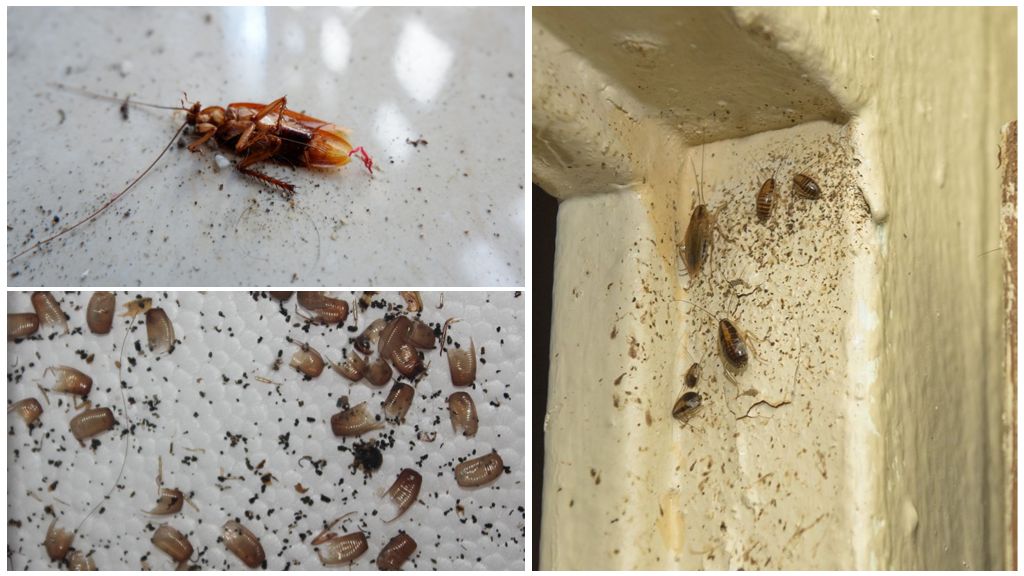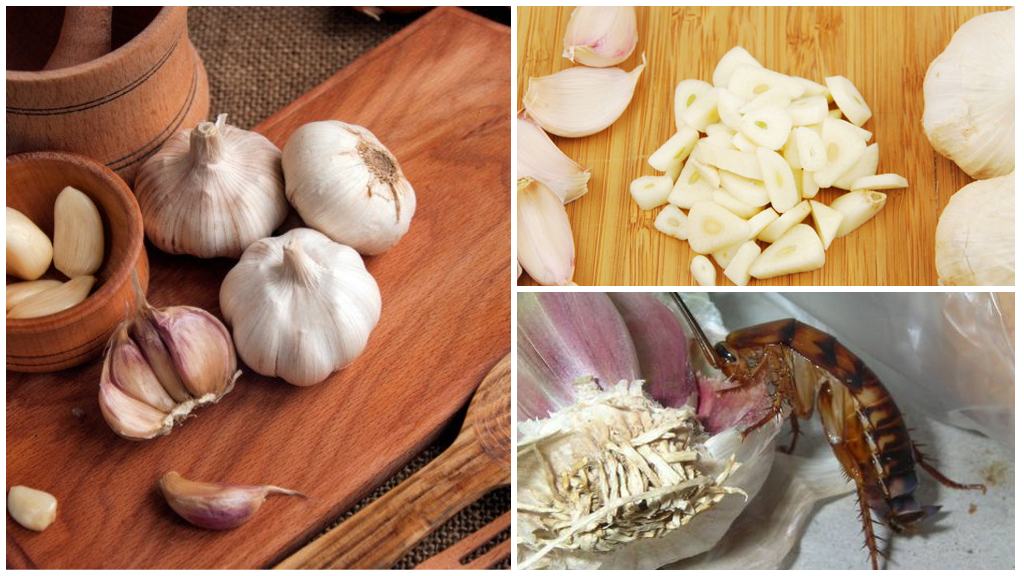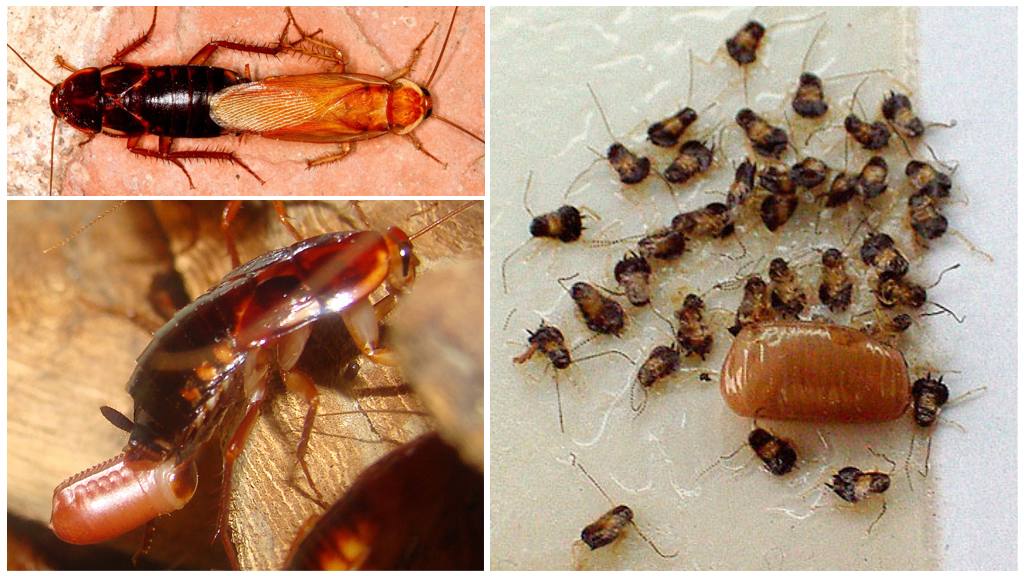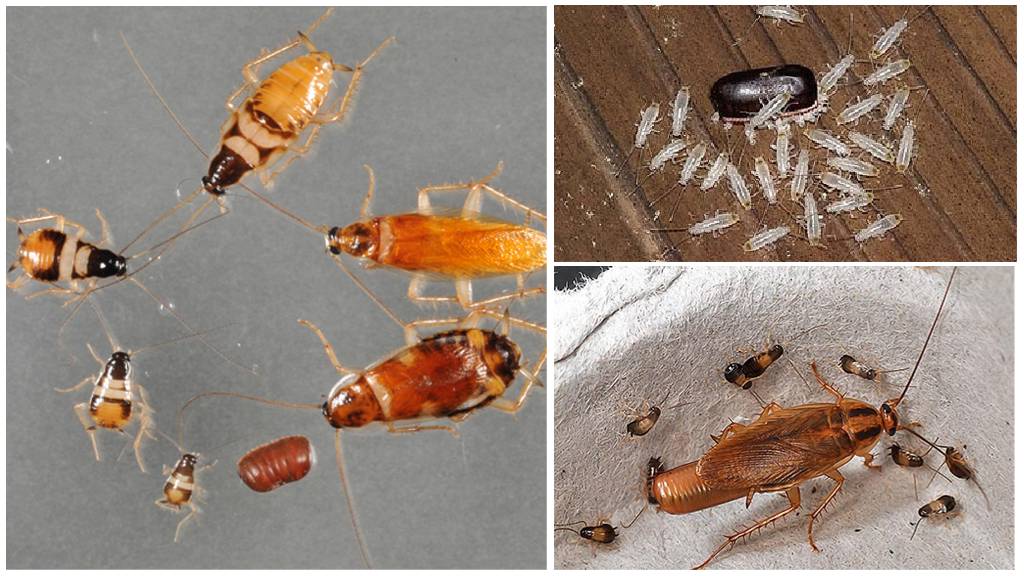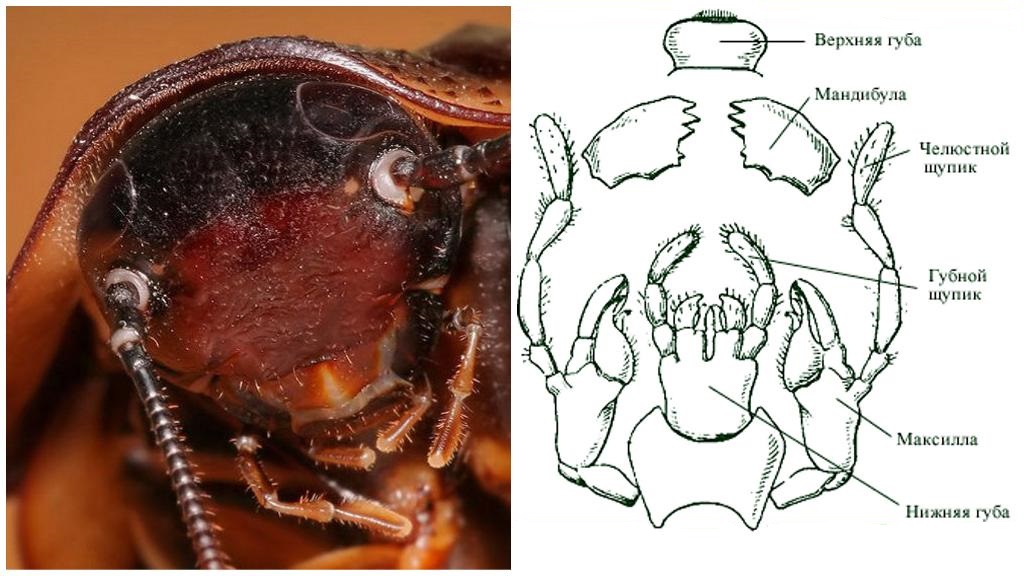
Cockroaches appeared on Earth more than 300 million years ago, long before dinosaurs. There was no one to drink blood from, and before flower nectar it was at least 200 million years old. The Tarakanovs had to be content with relatively solid organic matter, which had to be ground before eating. This determined the type of oral apparatus in a cockroach.
What type of oral apparatus
Cockroaches survived to this day, almost unchanged. The research convinced scientists that the apparatus grinding food is the first of the organs of nutrition that appeared in insects. This is indicated by the structure of mandible insects and gnawing apparatus in the larvae of modern butterflies, flies and bloodsuckers. Almost all larvae grind their food, sometimes causing serious damage to plants.
The oral apparatus of a cockroach is a gnawing type. Thanks to this, an insect can literally bite off pieces from root crops, bread and other solid foods. Large species like periplanet americana able to eat large and deep holes in potato tubers.
Mouth structure
The device of the oral apparatus in cockroaches is similar. There was one ancestor.
Interesting!
A gnawing mouth apparatus from walking limbs developed.
Mouth device:
- "upper lip";
- mandibles / mandibles;
- 2 pairs of maxill / lower jaws;
- hypopharynx / tongue.
The upper lip is "independent." She is not a transformed pair of limbs. This is a fold of the scalp that forms the front wall of the oral cavity.
Beetles / mandibles are located behind the lips: thick plates with teeth along the inner edge. The cockroach grinds the food with the bunches. Mandibles from the extremities of the second segment of the head develop.
Maxilla formed from the limbs of the third and fourth segments. Segments remained on them, reminiscent that these were originally legs.
It would be logical to call the first two maxilla jaws lateral. They are located on the sides of the oral cavity. They have a maximum number of segments:
- two-segmented base;
- 3 appendages on top of base: inner lobe, outer lobe, maxillary palp.
Based on the structure of this pair of jaws, scientists are trying to justify the presence of a common ancestor in cockroaches and crustaceans.
The second pair of maxillas fused to form a lower lip that looks like an unpaired plate. But on it one can discern under the microscope the same division into segments as that of the lateral maxillas.
The bottom of the oral cavity protrudes and forms an analogue of the tongue in more developed organisms. This analogue is called hypopharynx.
